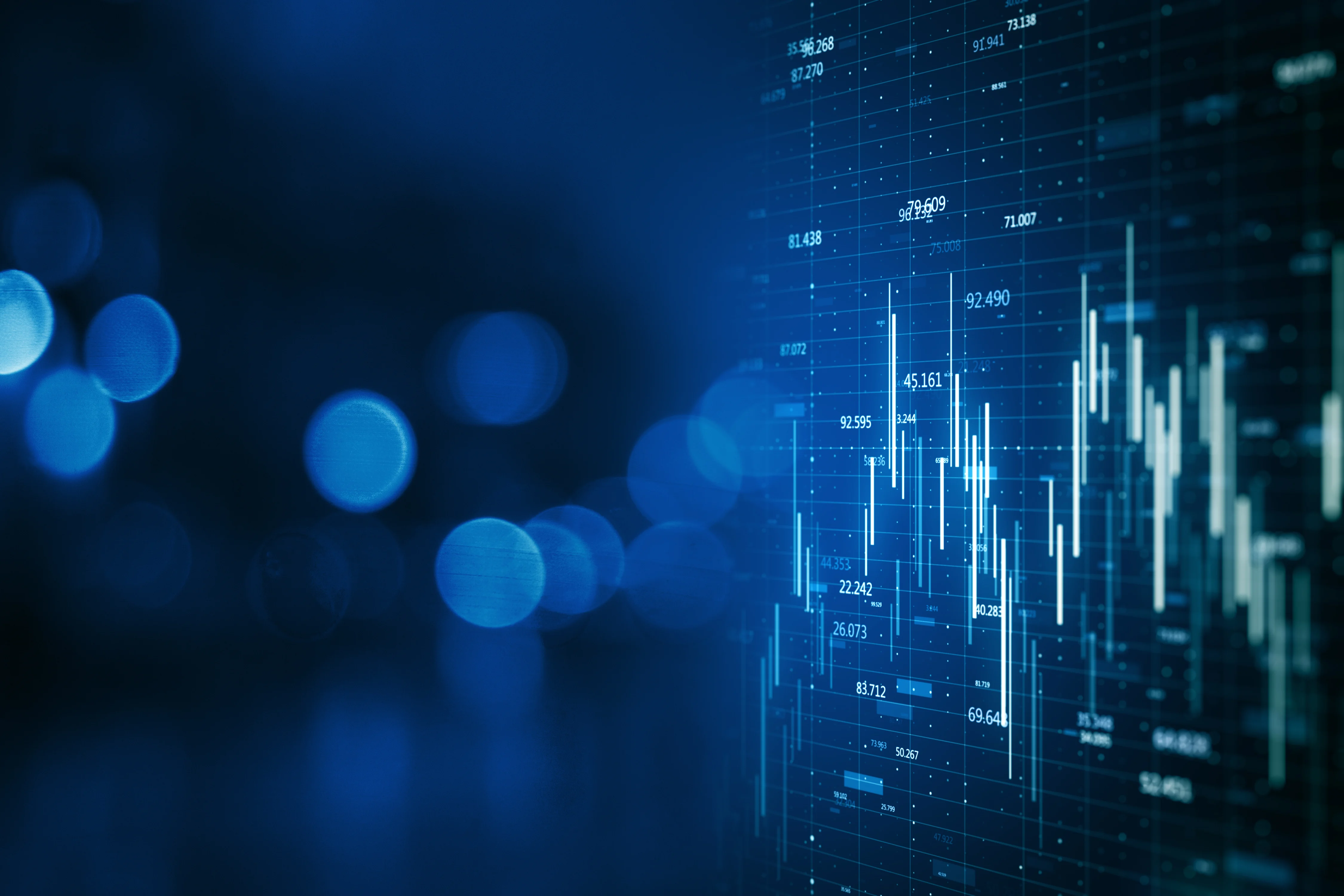After eight months of consecutive increases, US inflation finally peaked in April. Although it came out above consensus expectations and at a still very high level, inflation over one year rose by 8.3% against 8.5% the previous month. This modest deceleration finally gives hope for the long-awaited inflationary peak, even if it should be noted that just by the strength of the base effects, one could expect that annual inflation would fall automatically. Thus, considering for example a constant monthly inflation of +0.4% over the next few months, inflation over one year should then gradually decline to fall back below 5% by March 2023.
However, reading into the components of inflation in more detail calls for greater caution. Indeed, after a sharp rise in March, energy prices fell overall in April (-2.7% against +11% in March but still +30.3% over one year!) which allowed the index of consumer prices to slow down considerably in April (+0.3% against +1.2% in March). Nevertheless, the other components of the index are still progressing significantly, such as food, which has increased by +0.9% over the month, with increases for certain products over the past year that have made you dizzy (+22.6% for eggs, for example). More problematic, on the other hand, is the rise in core inflation on a monthly basis, although also slightly down on an annual basis. While some price increases are directly linked to exogenous factors, such as for plane tickets (energy prices) or cars (supply/demand gap linked to supply chain issues), the rise in prices in services, on the other hand, testifies to a deeper, and probably more lasting, diffusion of the rise in prices in the American economy.
As the real wages of Americans continue to fall and the midterm elections approach, Joe Biden returns the fight against inflation to the side of the Fed. If the latest macroeconomic data should not cause the American institution to deviate from its monetary tightening trajectory, Jerome Powell declared during an interview, as a response to the American President, that this fight would not be without pain, while also acknowledging that the Fed had acted late in its fight against inflation (half-forgiven fault admitted?)
While, in the rest of the news this does not invite optimism either (sharp contraction of activity in China and possible accession of Finland and Sweden to NATO which should further irritate Russia), we nevertheless consider that, despite the still persistent uncertainties, a large part of the bad news is already priced in and the valuation levels make us return to neutral sentiment on US equities. On bonds, if we still remain neutral on interest rates, the widening of credit margins gives meaning to “carry”, the risk being finally remunerated!










